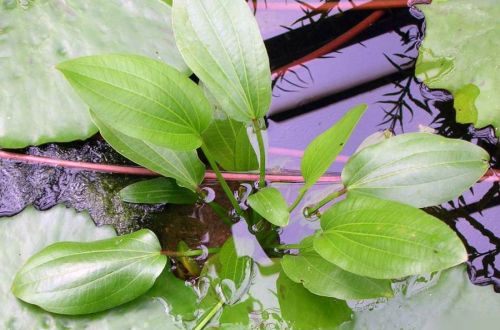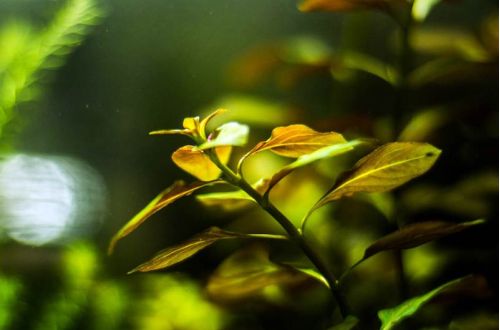
Kabomba furkata
Cabomba furcata or Kabomba reddish, scientific name Cabomba furcata. Native to tropical Central and South America. It grows in slowly flowing or stagnant reservoirs (backwaters of rivers and streams) with acidic soft water in areas well lit by the sun. In nature, it grows at medium depth, forming dense clusters. In shallow water, when reaching the surface, floating processes are formed, which are very different from the underwater part.
The plant has a tall stem 40–100 cm long. The leaflets are whorled, each node can have from three to 6 leaves. The higher to the crown, the smaller the distance of the internode, as a result, the plant is crowned with a thick “umbrella”. The leaf blades are pinnate, consisting of thin long segments. Young leaves on top have bright red hues, the lower, the greener they become. As mentioned above, if Kabomba furkata reaches the surface, for example, in a small aquarium, the leaves become floating and mutate, acquiring a shield-like shape and an olive green color. In this state, they can bloom.
It is considered very demanding on the composition of soil, water and lighting levels. Needs an iron-rich nutrient substrate, warm, soft, slightly acidic water (pH and dGH), shading is unacceptable. A signal that the plant is in unsuitable conditions is the loss of red color. Not recommended for beginner aquarists.





